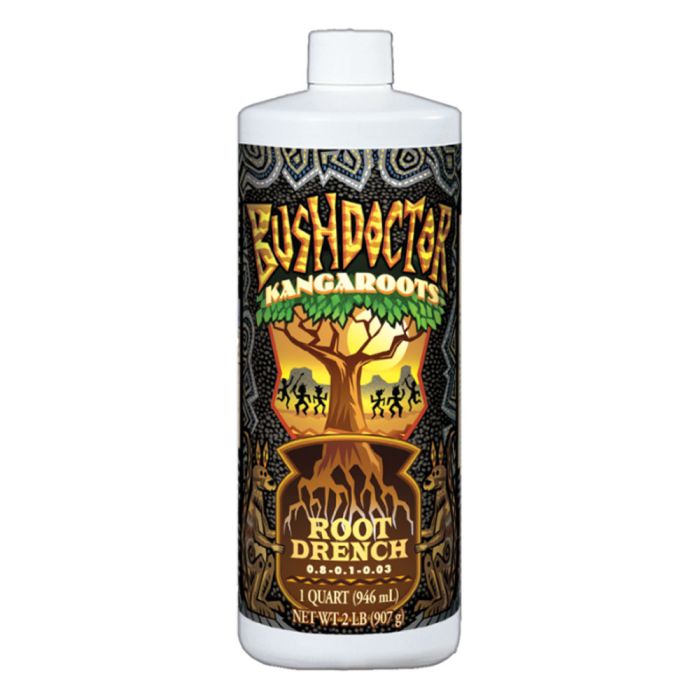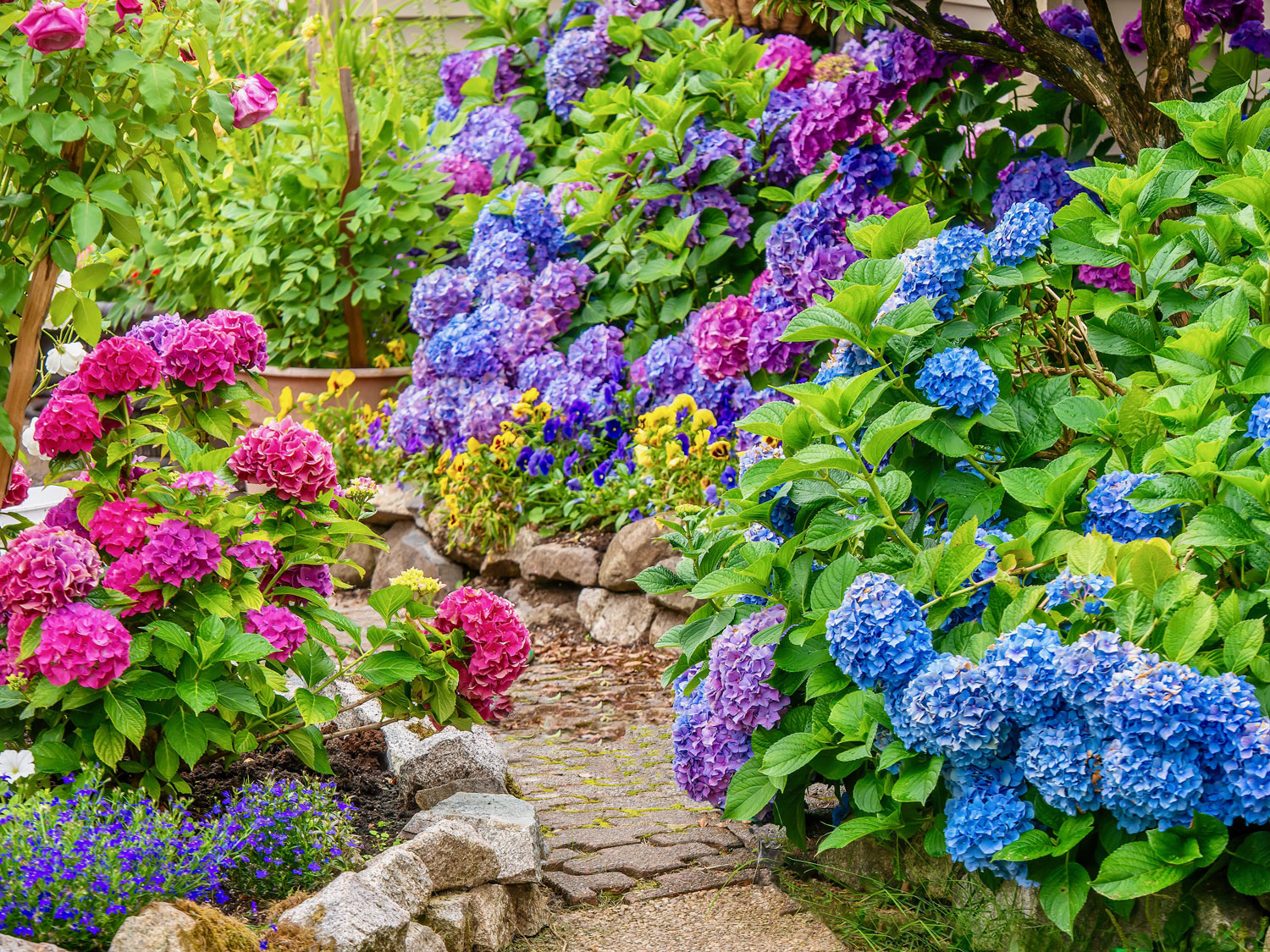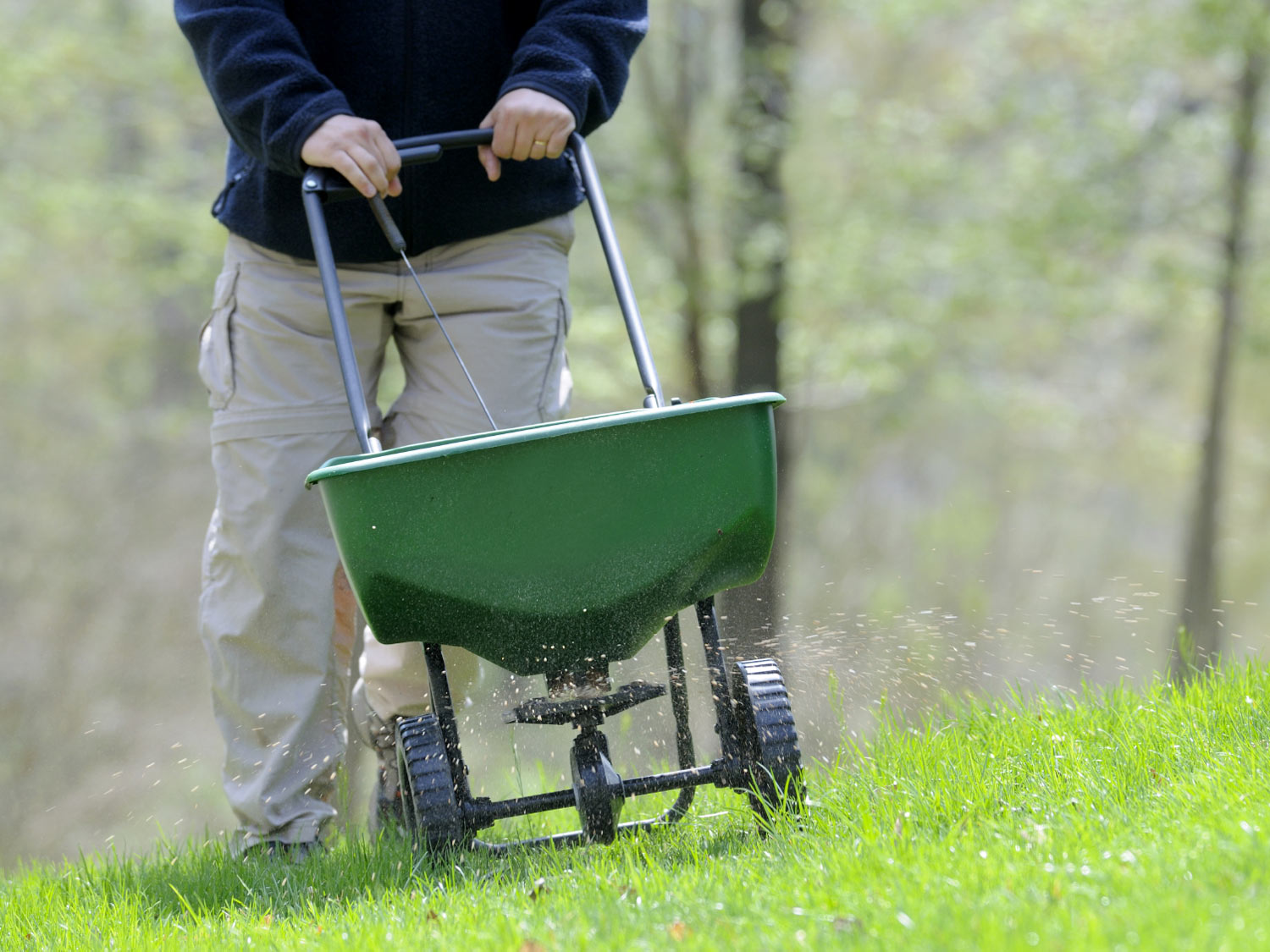FoxFarm Bush Doctor® Kangaroots Root Drench

Description
Bush Doctor Kangaroots® is a liquid root drench formulation designed to enhance root efficiency in the rhizosphere.
Feed your plants the best!
Achieve a lush, vibrant garden with the help of Gertens wide selection of fertilizers! Whether you're tending to your lawn, plants, flowers, or vegetables, proper fertilization is key to promoting healthy growth and abundant blooms. Trust Gertens to provide the nutrients your garden craves, ensuring your outdoor oasis thrives throughout the season.
Details
Bush Doctor Kangaroots® is a liquid root drench formulation designed to enhance root efficiency in the rhizosphere.
Kangaroots® contains nutrients which are immediately available to plants. Kangaroots® also contains soil microbes to support the root zone and help plants achieve enhanced nutrient uptake. Kangaroots® supplies essential macro and micronutrients that can help plants thrive. For use in both hydroponic and soil applications. For best results, follow the FoxFarm feeding schedule.
How To Use:
In-Ground Gardens and Container Plantings:
- Mix 2 teaspoons (10 mL) per gallon (4 L) of fresh water.
- Drench soil or preferred medium thoroughly.
- Apply every other week throughout the vegetative and blooming cycles, particularly during the earlier stages of plant development.
Hydroponic Recirculating Systems:
- Mix 1/2 teaspoon (2.5 mL) per gallon (4 L) of fresh reservoir water.
- Use in conjunction with FoxFarm fertilizers or any nutrient regimen.
- Flush system every two weeks.
More Information
| Brand | Fox Farm |
|---|


